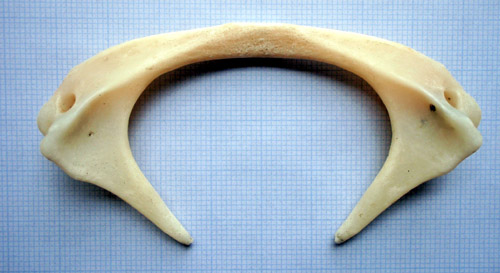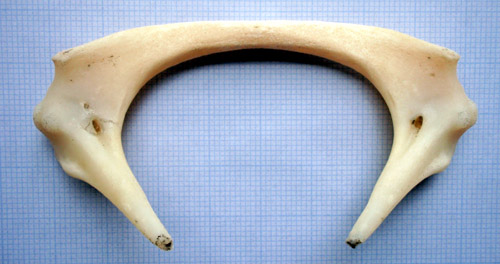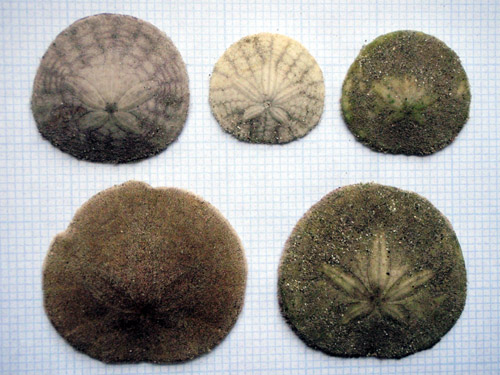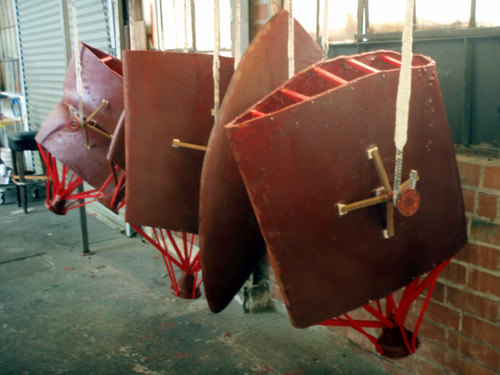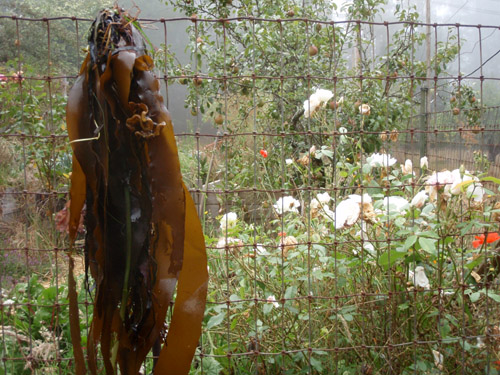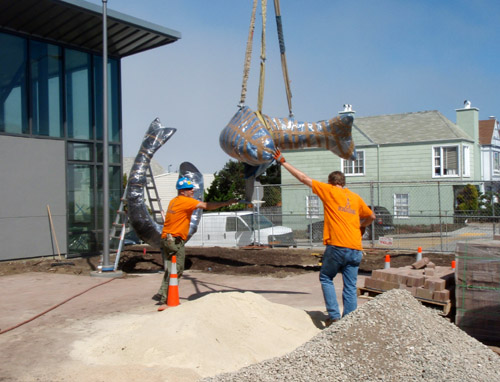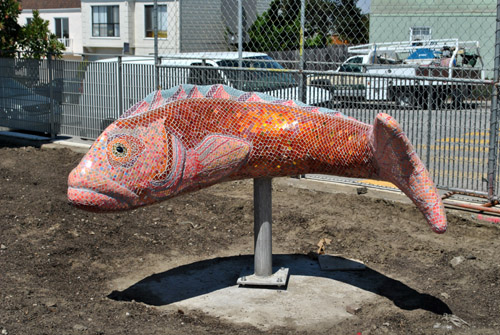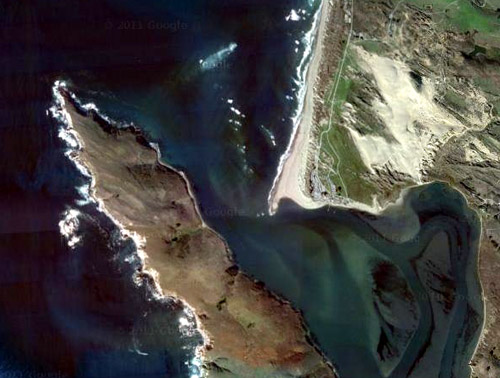
The mouth of Tomales Bay
As a lifelong student and enthusiast of small boat design, my tastes lean towards working craft, which I define as any boat whose primary goal is to reach a destination, either as transportation or in the seasonal pursuit of a fishery. Working craft adapt and evolve over generations of trial and error, in direct response to changes in the marine ecology, material flow and related market conditions that sustain their relevance.
I’ve always been particularly drawn to tidal estuaries and the associated types of boats- shallow draft, narrow beam, easy to beach and responsive to power by oar or sail, able to carry a load. Flat bottomed sharpies still catch my eye, especially double-enders, but dories are in a class by themselves. What they lack in speed and simplicity of construction compared to the sharpie, they make up for in sea-worthiness.
I like to associate a certain type of hull with a particular waterway, and find myself conjuring a hull type when I encounter an unfamiliar waterway, as a means to better understand it. I live near the mouth of Tomales Bay, where it opens out to the Pacific through a shallow channel characterized by shifting sands and breaking waves. It’s a popular destination for surfing, sea kayaking and sport fishing, but I have yet to see any contemporary craft that truly suits its character, able to negotiate the passage. When the Bay supported a herring fishery, the preferred boats were a type of dory, but the hull shape vanished along with the fishery over a generation ago.
I was delighted recently to stumble upon a first edition copy of John Gardner’s scholarly classic, “The Dory Bookâ€, and have been studying its many lines drawings and construction plans. My goal is to design a hull that hybridizes the best characteristics of various types of dory, in response to the exigencies of Tomales Bay. I’d love to build a small boat for fishing, camp cruising on beaches, and making an occasional, fair weather excursion off-shore when the conditions are just right.

Original cover of ‘The Dory Book’ by John Gardner
